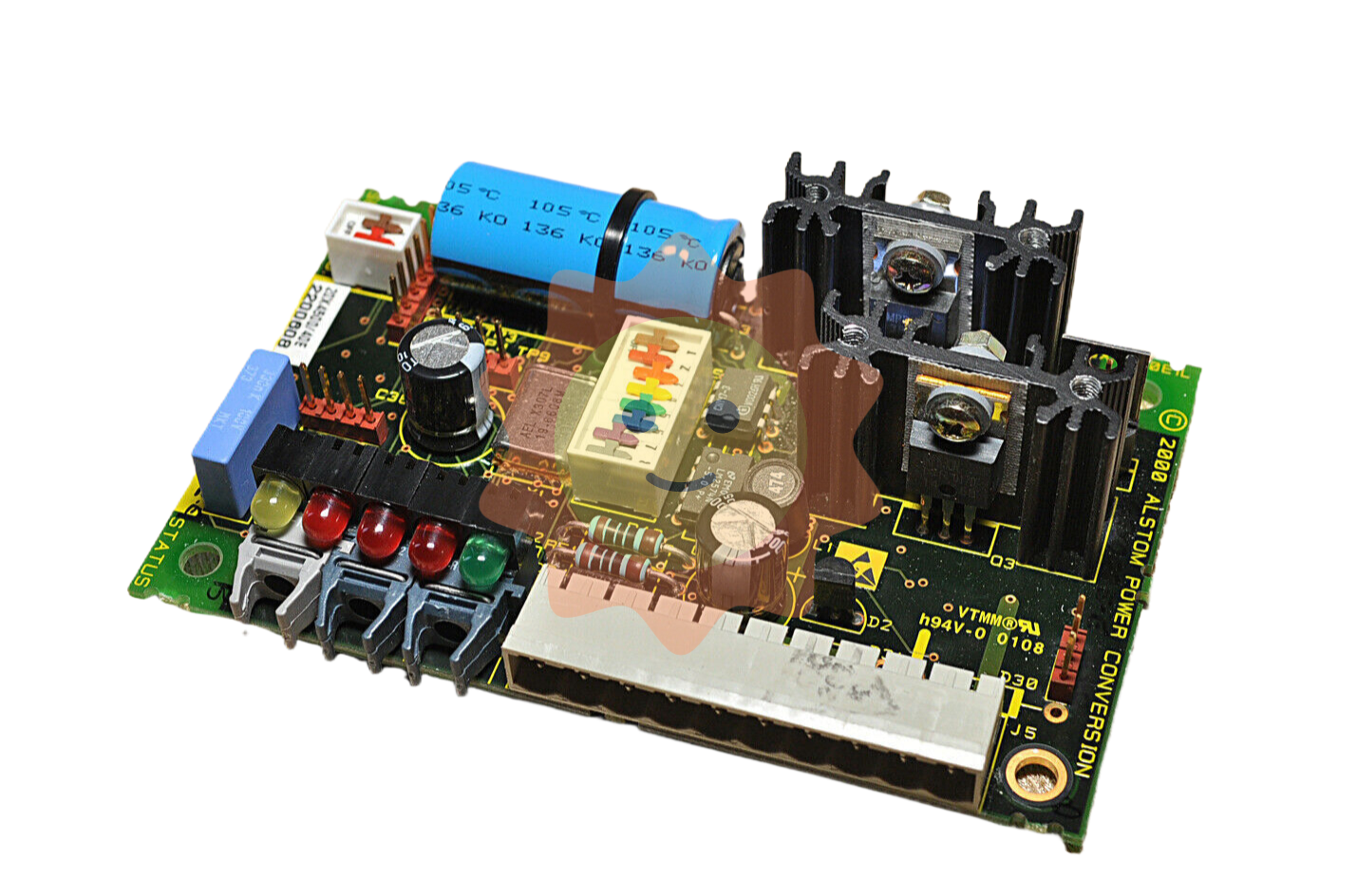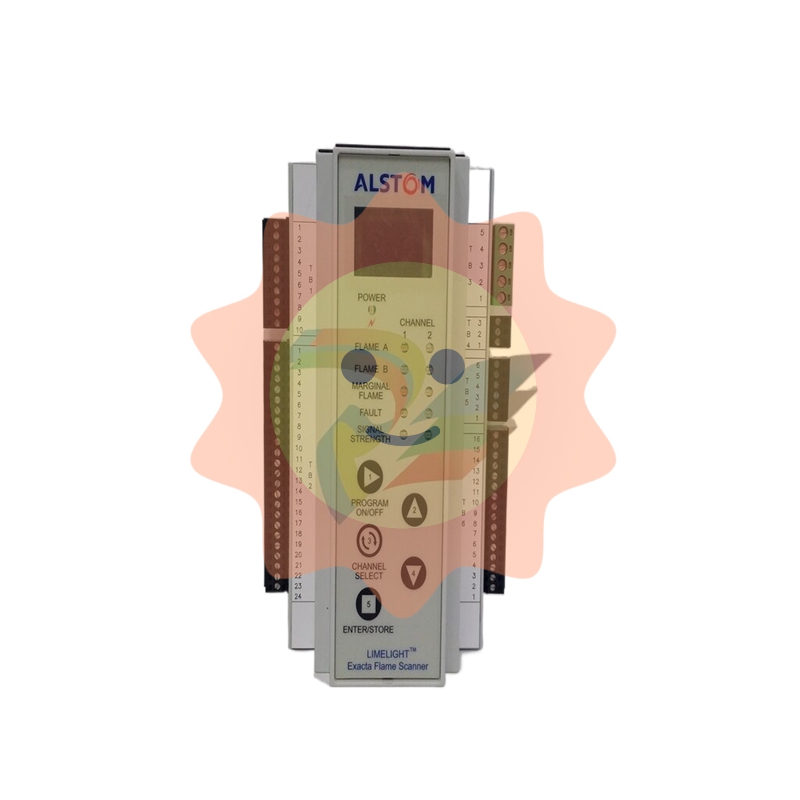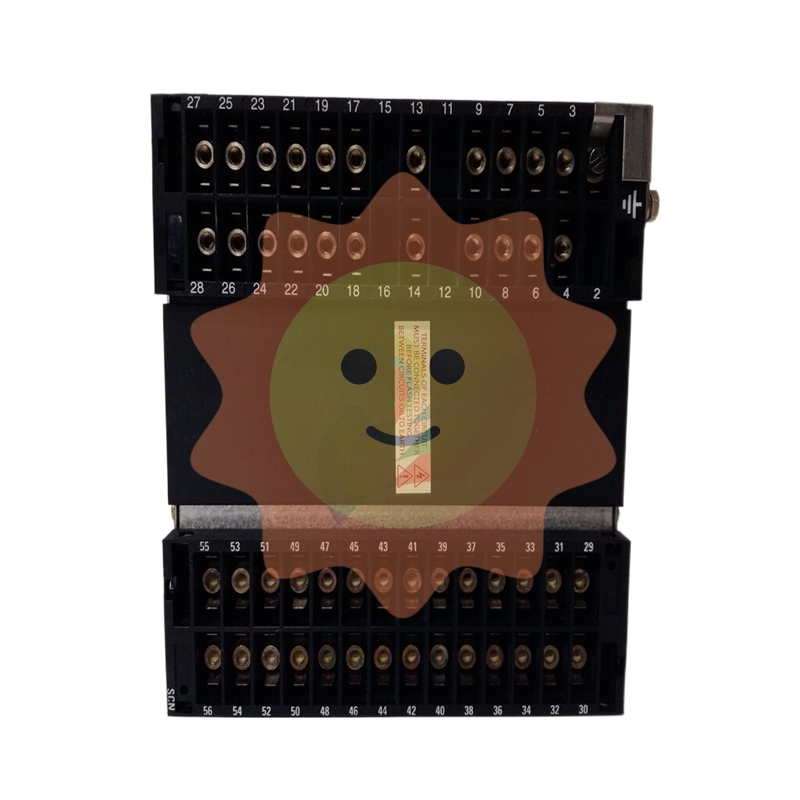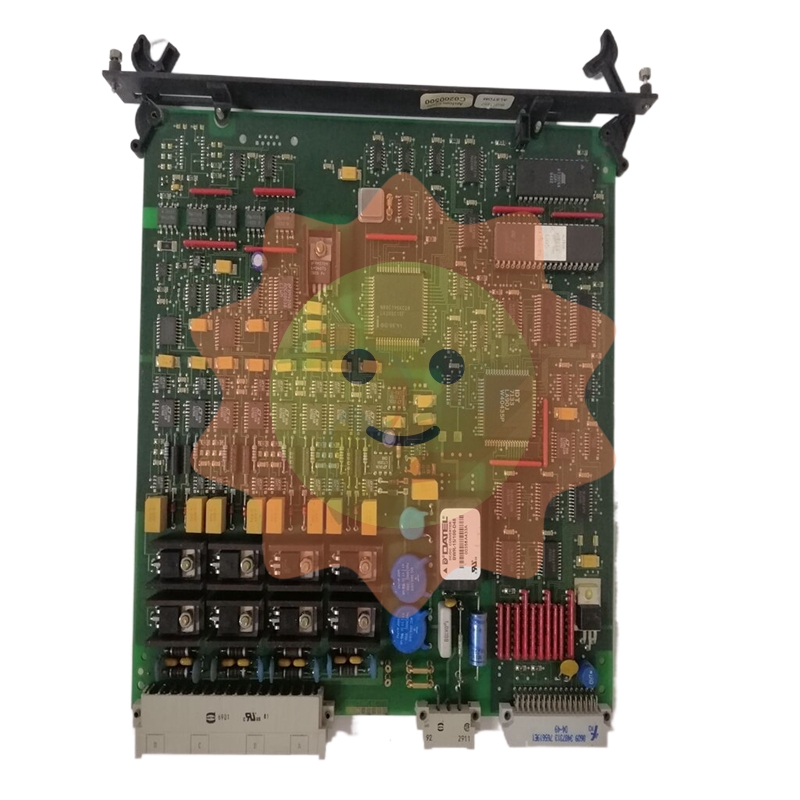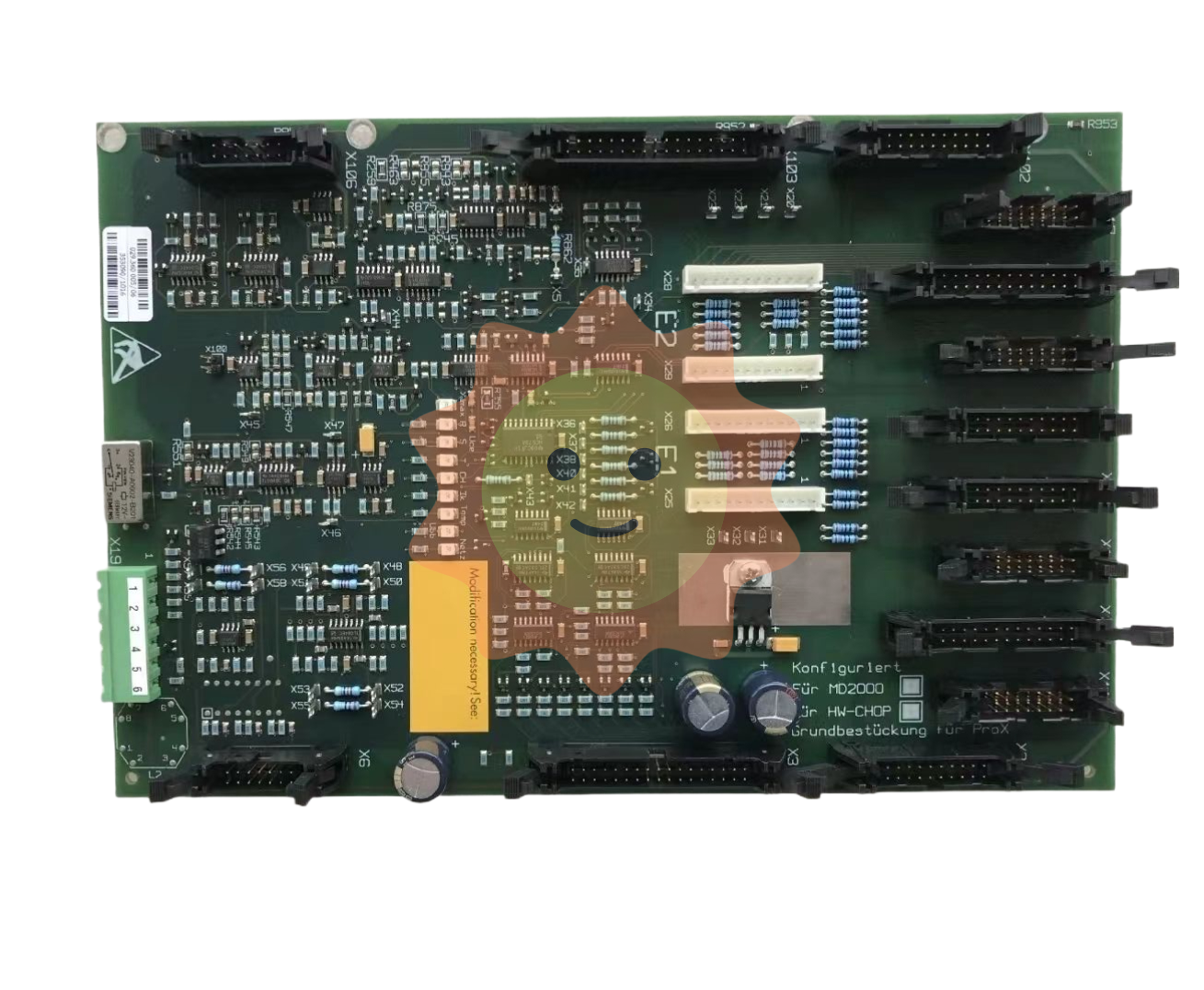The harm of domestic sewage
Sewage hazard
Pathogen contamination
It mainly comes from urban domestic sewage, hospital sewage, garbage and ground runoff. The characteristics of pathogenic microorganisms are: (1) large quantity; ② Widely distributed; ③ the survival time is longer; ④ the reproduction speed is fast; ⑤ easy to produce resistance, difficult to eliminate; After traditional secondary biochemical sewage treatment and chlorination, some pathogenic microorganisms and viruses can still survive in large numbers; Such pollutants actually enter the human body through a variety of ways, and survive in the body, causing human disease.
Aerobic organic pollution
The common feature of organic matter is that these substances directly into the water body, through the biochemical action of microorganisms and decomposition into simple inorganic substances carbon dioxide and water, in the decomposition process need to consume dissolved oxygen in the water, in the hypoxic conditions of pollutants occur corruption decomposition, deterioration of water quality, often called these organic matter as aerobic organic matter. The more aerobic organic matter in the water body, the more oxygen consumption, the worse the water quality, indicating that the water pollution is more serious.
Eutrophication pollution
It is a kind of water pollution phenomenon caused by excessive content of plant nutrients such as nitrogen and phosphorus. Eutrophication of aquatic ecosystems can occur in two ways through chemical pollutants: one is through the increase of the amount of inorganic nutrients limited to plants under normal circumstances; The other is through the increase of organic matter as a decomposer.
stench
Stench is a common pollution hazard, it also occurs in polluted water. People can smell more than 4,000 kinds of stench, and there are dozens of harmful ones. The harm of odor is as follows: ① hinder normal respiratory function and reduce digestive function; Mental irritability, work efficiency decreased, judgment, memory decreased; Working and living in a malodorous environment for a long time will cause olfactory disorders and damage the excitatory and regulatory functions of central nervous system and cerebral cortex. ② Some aquatic products are infected with a foul smell and cannot be eaten or sold; (3) Fetid water can not be used for swimming, fish farming, drinking, and destroy the use and value of water; ④ can also produce hydrogen sulfide, formaldehyde and other toxic hazards.

Acid, alkali, salt pollution
Acid and alkali pollution make the pH of the water body change, destroy its buffering effect, eliminate or inhibit the growth of microorganisms, hinder the self-purification of the water body, and can also corrode Bridges, ships, fishing gear. Acid and base often enter the same water body at the same time, after the neutralization can produce some salts, from the point of view of pH value, acid and alkali pollution due to the neutralization and self-purification, but produce a variety of salts, and become new pollutants in the water body. Because the increase of inorganic salt can increase the osmotic pressure of water, it has a bad effect on the growth of freshwater organisms and plants, and in salinized areas, the salt in surface water and groundwater will further harm the soil quality.
Groundwater hardness increase
The harm of high hard water, especially high permanent hardness water, is manifested in many aspects: difficult to drink; Can cause digestive tract dysfunction, diarrhea, pregnant animals abortion; For people daily inconvenience; High energy consumption; Affect the life of kettle and boiler; Boiler water fouling, easy to cause explosion; It is necessary to soften and purify, and the loss of acid, alkali and salt to the environment will cause the groundwater hardness to rise, forming a vicious circle.
Toxic pollution
Toxic substances pollution is a particularly important category of water pollution, there are many kinds, but the common feature is the toxic harm to biological organisms.
Sewage treatment
Current situation and future
The development and progress of China's sewage treatment industry is relatively late, since the founding of the country to the reform and opening up, China's sewage treatment needs are mainly based on the cutting-edge use of industry and national defense. After the reform and opening up, the rapid development of the national economy and the significant improvement of people's living standards have driven the demand for sewage treatment. After entering the 1990s, China's sewage treatment industry has entered a period of rapid development, and the growth rate of sewage treatment demand is much higher than the global level.
Since 1990, the global apparent consumption of sewage treatment has increased at an average annual rate of 6%, and in the decade of 1990s, the average annual growth rate of China's apparent consumption of sewage treatment has reached 17.73%, which is 2.9 times the average annual growth rate of the world. Entering the 21st century, China's sewage treatment industry has grown rapidly. From 2000 to 2004, China's sewage treatment consumption increased from 1.88 million tons to 4.47 million tons, an increase of 2.3 times, with an average annual growth rate of more than 27%. Among them, in 2001, China's apparent consumption of sewage treatment reached 2.25 million tons, surpassing the United States to become the world's first sewage treatment consumer. At the same time, sewage treatment imports have also increased significantly. In 1998, China imported 1 million tons of sewage treatment, thus becoming the world's largest importer of sewage treatment. In 2004, compared with 1998, the annual growth rate of sewage treatment imports reached 27.14%. It is expected that in 2005, China's apparent consumption of sewage treatment will reach 5 million tons, and imports will remain at about 3 million tons.
With the rapid development of the sewage treatment market, China's sewage treatment output has also ended the long-term lingering situation and achieved rapid growth. The sewage treatment output of our country increased from 460,000 tons in 2000 to 2.36 million tons in 2004, with an average annual growth rate of 82.6%, the proportion of domestic market demand also increased from 24.47% in 2000 to 52.80% in 2004. During the same period, world wastewater treatment production grew at a rate of only about 6%.
Since the late 1990s, China's TiSCO, Baosteel and Baoxin, Zhangpu and other state-owned and joint venture enterprises have built a series of sewage treatment production lines through the introduction and technical transformation, sewage treatment technology and equipment have reached the international advanced level, and sewage treatment production has begun to take shape. The variety structure of sewage treatment has also undergone positive changes, and the quality of sewage treatment products has improved rapidly. In particular, the domestic wastewater treatment cold-rolled sheet has grown rapidly, in 2003, the domestic cold-rolled sheet production reached 1.7 million tons, exceeding the import volume for the first time, and the self-sufficiency rate reached 66%; In 2004, the domestic output of cold-rolled sheet reached 2 million tons, and the self-sufficiency rate reached more than 70%. From the end of 2004 to the end of 2005, the domestic cold rolled sewage treatment capacity will increase by about 1.5 million tons, basically meeting the domestic market demand. By 2007, China will become a net exporter of sewage treatment.
On the whole, China's sewage treatment is undergoing a profound transformation from small scale, low level, single variety, seriously unable to meet the needs to a considerable scale and level, significantly improve the quality of varieties and initially meet the requirements of national economic development, and the demand for sewage treatment will gradually achieve self-sufficiency.
Deal with the problem
Problem 1. As population increases, sewage increases
In our country, with the increase of urban population and the development of industrial and agricultural production, sewage discharge is also increasing day by day, water pollution is quite serious, and almost throughout the country. By the end of 2000, 310 of the country's 663 cities had built sewage treatment facilities and 427 sewage treatment plants, with an annual sewage treatment capacity of 11.36 billion cubic meters and a sewage treatment rate of only 34.23 percent.

The second problem is the urgent need for funds to accelerate development
Under the conditions of socialist market economy, sewage treatment begins with a certain amount of capital investment. The scale of sewage treatment funds determines the scale of sewage treatment. The development speed of sewage treatment funds determines the speed of sewage treatment development and the speed of sewage treatment technology progress. In the actual sewage treatment, the decision scheme with advanced technology and low treatment cost is usually the one with large amount of prepaid capital. In this sense, the faster the development of funds themselves, the faster the progress and application of sewage treatment technology, and the faster sewage treatment can be.
(Problem 3) Dealing with funds, the source is difficult
1, the difficulty of the source of capital for urban sewage treatment in China
For a long time, China's urban sewage treatment facilities adopt a policy of free use, not only the expansion of reproduction by financial investment, simple reproduction also needs financial appropriations to complete, financial appropriations have therefore become the source of investment in the maintenance and construction of sewage treatment facilities. Only in different periods, the name of the source is different, but it is a financial center of the capital cycle. The reform of the economic system has negated China's traditional "unified" financial model, denied the identity of the state as a producer and operator, and also denied the unity of the identity of the owner of the means of production and the exercise of political power, requiring the separation of government and enterprise, and the separation of government and capital. In conformity with this, on the premise of unified finance with the state as the main body, our country finance divides into public finance and state-owned assets management. Public finance is a country that appears as a political power, raising funds mainly in the form of taxation to solve problems that cannot be solved by market allocation of resources and to meet public needs. Urban sewage treatment is a public welfare undertaking, and the financial allocation of sewage treatment funds should be the public financial expenditure. Because China's socialist market economic system reform is still deepening, the proportion of public financial revenue in GDP, the proportion of central public financial revenue in public financial revenue is not reasonable enough, urban sewage treatment funds are difficult to come from the vast majority of financial grants or loans like the United States and other developed countries.
2. The difficulty of borrowing funds for sewage treatment
The capital demand of urban sewage treatment is huge, and bank loan is an important source of sewage treatment funds. Bank loans are divided into commercial bank loans and state development bank loans. The capital source of commercial banks is the deposits of residents and enterprises, most of which are short-term funds. Although some medium and long-term loans can be made, the proportion should not be too large. The use of funds in commercial banks requires the unity of the "three characteristics" of security, liquidity and profitability, and the use and return of sewage treatment funds is difficult to match the "three characteristics" of commercial banks. Therefore, it is difficult for commercial banks to make loans for sewage treatment projects.
Problem solving
(Crack method 1) Increase financial allocation
Part of the funds for urban sewage treatment, under the conditions of socialist market economy, must also be given necessary subsidies by the government, for many reasons. The main problems are as follows: 1, the price demand elasticity of sewage treatment is generally small and the government "monopoly" operation, and its fee formulation must consider the affordability of residents, rather than relying on competitive prices to completely solve the problem of facility construction and enterprise development. (2) The services provided by sewage treatment are public, and the use of many facilities is difficult to calculate, so that their service charges can not directly enter the market for equivalent exchange, but can only become a part of public consumption. (3) The services provided by sewage treatment have a wide range of social and external economy, and when measuring its investment benefits, the first is the social benefits.
The allocation of municipal sewage treatment by the state finance mainly includes the investment of capital construction arrangement, the special fund allocated by the central finance and the local financial allocation. Investment in capital construction arrangements shall be divided into two types: within the state budget and raised by local governments themselves. The amount of capital construction investment within the State budget shall be determined by the central government and transferred by the Ministry of Finance to the State Planning Commission for unified arrangement. Local self-financing investment in capital construction refers to the investment arranged by local self-financing funds within the quota prescribed by the State. The central and local financial appropriations, one is to allocate a certain amount of funds every year according to needs, as a special fund for sewage treatment; The other is to grant according to the project quota, the project is completed, the subsidy is stopped.
(Crack method 2) Increase the intensity of enterprise self-financing
Under the condition of market economy, sewage treatment can realize the reproduction of sewage treatment only when its value is transformed into the cyclic capital return in its construction and operation activities. According to the requirement of the law of value, the input and output of sewage treatment are rationalized to the new order of the market economy, which is an objective requirement to speed up the urban sewage treatment in our country. Sewage treatment charges should not be a temporary financing measure, but a market-oriented way to achieve sewage treatment fund compensation, and it is also an economic means to regulate the rational use of sewage treatment facilities.

For the self-raised funds for sewage treatment, under the conditions of socialist market economy, the sewage treatment fee standard shall be formulated in accordance with the law of value, and the production development fund, fixed assets depreciation fund and major repair fund shall be drawn from the business income in accordance with the provisions of the State. Sewage treatment units must not only rely on their own strength to complete simple reproduction and expanded reproduction, but also pay taxes to the state. Therefore, the reasonable charge of sewage treatment must be built on the basis of reasonable cost and reasonable profit rate.
The reasonable cost of sewage treatment fees should generally include production costs, operating costs, depreciation of fixed assets, major repair funds, loan interest, etc. Among them, the depreciation rate of fixed assets should be appropriate, and the practice of excessively long depreciation life and low depreciation rate should be changed to avoid the bright profit and actual loss of enterprises. The reasonable profit rate of sewage treatment charges means that the approval of profit rate should take into account the reasonable welfare and necessary accumulation of enterprises, but also consider the characteristics of small elasticity of sewage treatment charges and strong social service, and prevent the use of its monopoly to pursue excessive profits. In order to prevent the burden imposed on users by monopoly, the government can restrict operators through administrative and economic means, so that their possible profits do not exceed the average profits of the whole society.
(Crack method 3) Trial preferred stock issuance
The experience of market economy countries shows that the issuance of preferred shares to absorb domestic and foreign private capital for urban sewage treatment can meet the huge capital needs of sewage treatment without losing the government's control over sewage treatment projects. Preferred stock is relative to common stock. Other advantages of investing in common stocks include a higher return on investment than other similar securities, greater liquidity in the stock market, and fair trading.
Preferred stock is a stock with certain priority over ordinary stock, mainly the right to preferentially share dividends and residual property of the company. The biggest advantage of preferred stock is that it has stable returns and less risk than common stock. However, when the joint stock company has outstanding operating performance and operating profits surge, the income enjoyed by preferred stock will not increase, while the income of common stock can increase with the improvement of the company's operating efficiency. From this point of view, preferred stock is less developmental and aggressive than common stock.
According to the current practice in China, stocks are divided into state shares, legal person shares, individual shares and foreign shares according to the different identity of investors, and there is no division of preferred shares and ordinary shares. There is no concept of preferred stock in the Company Law of our country, and there is no corresponding regulation. This is because China's joint-stock enterprises are from the planned economic system of the enterprise transformation, so with a variety of historical traces, become a historical problem to be further explored and solved in the reform. Starting from the reality of urban sewage treatment, we can explore the issue of sewage treatment stocks. This requires joint-stock transformation of existing sewage treatment enterprises, issuance of some preferred shares to domestic and foreign private capital, or transfer of some state-owned shares to private capital in the form of preferred shares, and the funds raised by sewage treatment enterprises for sewage treatment. This way is based on the development performance of the existing enterprise, and the performance of the transformed enterprise continues to grow, so the possibility of fundraising success is greater.
- EMERSON
- Honeywell
- CTI
- Rolls-Royce
- General Electric
- Woodward
- Yaskawa
- xYCOM
- Motorola
- Siemens
- Rockwell
- ABB
- B&R
- HIMA
- Construction site
- electricity
- Automobile market
- PLC
- DCS
- Motor drivers
- VSD
- Implications
- cement
- CO2
- CEM
- methane
- Artificial intelligence
- Titanic
- Solar energy
- Hydrogen fuel cell
- Hydrogen and fuel cells
- Hydrogen and oxygen fuel cells
- tyre
- Chemical fiber
- dynamo
- corpuscle
- Pulp and paper
- printing
- fossil
- FANUC
- Food and beverage
- Life science
- Sewage treatment
- Personal care
- electricity
- boats
- infrastructure
- Automobile industry
- metallurgy
- Nuclear power generation
- Geothermal power generation
- Water and wastewater
- Infrastructure construction
- Mine hazard
- steel
- papermaking
- Natural gas industry
- Infrastructure construction
- Power and energy
- Rubber and plastic
- Renewable energy
- pharmacy
- mining
- Plastic industry
- Schneider
- Kongsberg
- NI
- Wind energy
- International petroleum
- International new energy network
- gas
- WATLOW
- ProSoft
- SEW
- wind
- ADVANCED
- Reliance
- YOKOGAWA
- TRICONEX
- FOXBORO
- METSO
- MAN
- Advantest
- ADVANCED
- ALSTOM
- Control Wave
- AB
- AMAT
- STUDER
- KONGSBERG
- MOTOROLA
- DANAHER MOTION
- Bentley
- Galil
- EATON
- MOLEX
- Triconex
- DEIF
- B&W
- ZYGO
- Aerotech


email:1583694102@qq.com
wang@kongjiangauto.com


















